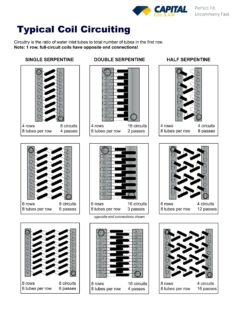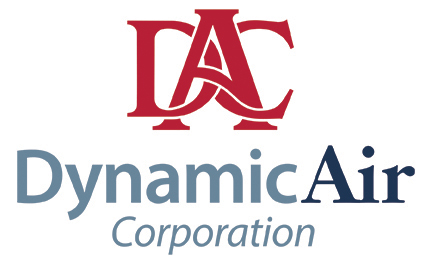Chilled Water Coil – Circuiting Made Easy
(Credit to Guest Blogger: Dan Jacobs, Capital Coil & Air)

Circuiting a chilled water coil is one of life’s great challenges in the coil business. You’re bound to run across folks with years of experience in the industry that can not effectively explain this concept. While not the most exciting of subjects, the necessity of circuiting chilled water coils can not be overstated. Capital Coil & Air has attempted to simplify the idea of circuiting as much as possible.
For starters, circuiting a chilled water coil is ultimately up to the performance of that coil. Circuiting is really a balancing act of tube velocity and pressure drop. In other words, think of a coil as a matrix. Each coil has a specific number of rows, and a specific number of tubes within each row. For example, a chilled water coil might be 36 inch fin height and 8 rows deep. The coil has 24 tubes in each row, and multiplied by 8 rows, there are a total of 192 tubes within the coil. While you can try to feed any number of tubes, there are only a few combinations that will work.
- Feeding 1 tube – you will be making 192 passes through the coil, which will essentially require a pump the size of your car to make that process work.
- Feeding 2 tubes – equates to 96 passes, and your pressure drop will still be enormous.
- Feeding 3 tubes – 64 passes, which is still too many.
- Feeding 4 tubes – See above.
- Feeding 5 tubes – Impossible as 5 does not divide evenly into 192 (passes).
To learn more, read entire article by Dan Jacobs, Capital Coil & Air, 06/28/2019
Related Blogposts:
Coils – Repair or Replace
Coils – Construction vs. Performance
Cooling Coils and Moisture Carryover
Capital Coil and Air is the leading manufacturer of commercial OEM HVAC replacement and custom design/build booster coils, fan coils, condenser coils, and DX Coils.






Leave a Reply